6 Hedges Provide Ecosystem Service Benefits
Hedges were found to be in 40 percent of gardens in a recent British survey by the Royal Horticultural Society (Anonymous, 2021). This figure seems high for American gardens, however no research reports could be found to verify how the two compare.
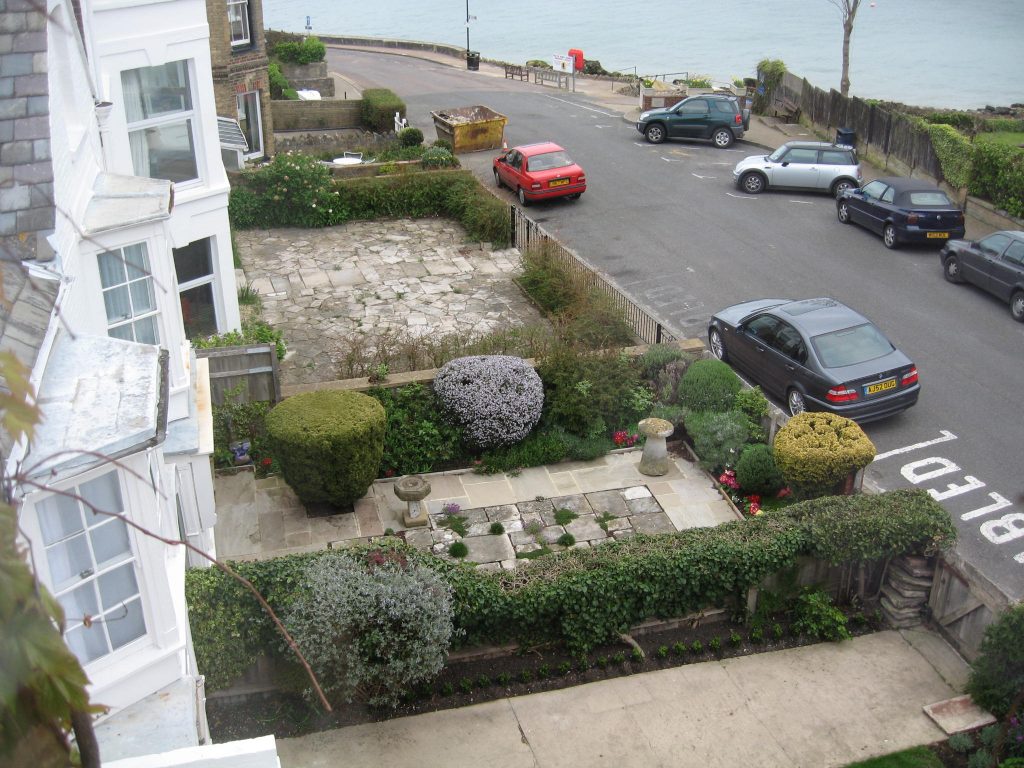
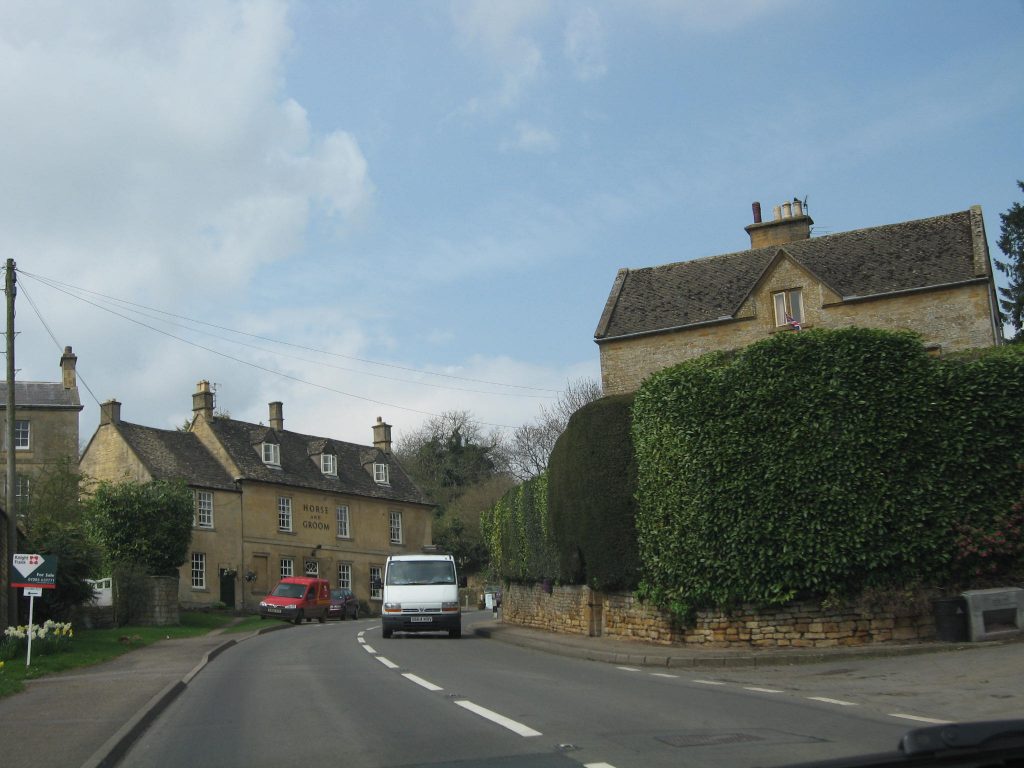
New research from England shows extensive positive environmental impacts of hedges in urban areas. “Most garden/urban hedges are planted for protection, border definition, security (keeping strangers out and pets/children in) and seclusion, aesthetics, and climate modification….{and the}..reality is they do much more” (Blanusa et al., 2019). Tijana Blanusa (et al., 2019) reviewed nearly 90 publications and summarized the positive ecosystem services and disservices of 44 different hedge genera.
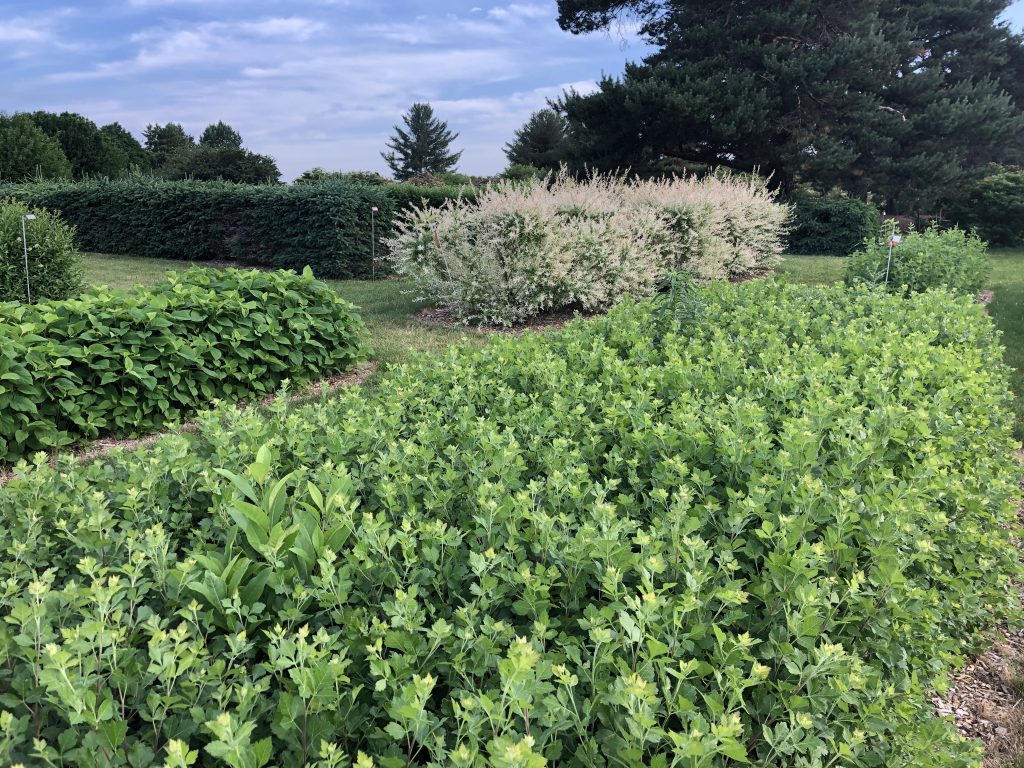
Positive ecosystem services measured were: air quality improvement, biodiversity/value to wildlife including pollination support, carbon sequestration, human health benefits, noise mitigation, phytoremediation of soil pollutants, thermal benefits/cooling and insulating potential/wind speed reduction, water management/rainfall capture and flood risk reduction, security – due to being impenetrable due to thorns or spines, seclusion/privacy. The disservices measured were: allergenicity, air quality reduction, invasiveness, excessive shading, labor intensiveness (need for frequent pruning). Additional research has found evergreen hedges in Rome, Italy mitigate pollution in metropolitan areas (Gratani and Varone, 2013). Many of the hedges cited in this literature as improving the environment are in the Minnesota Landscape Arboretum Hedge Display.
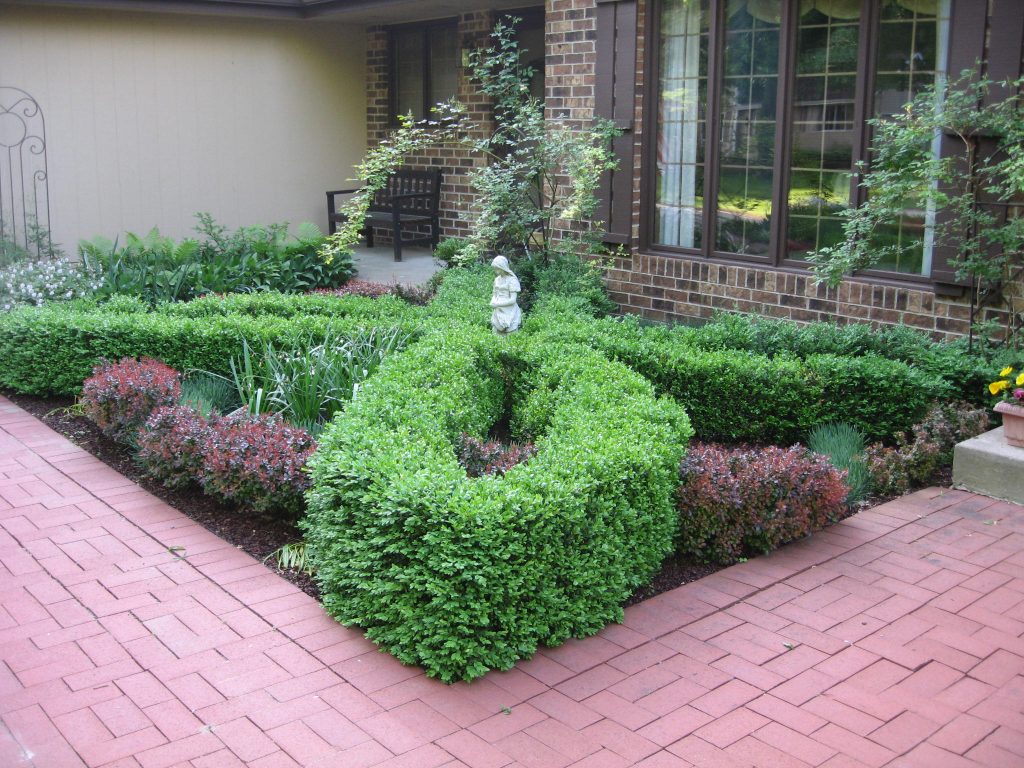
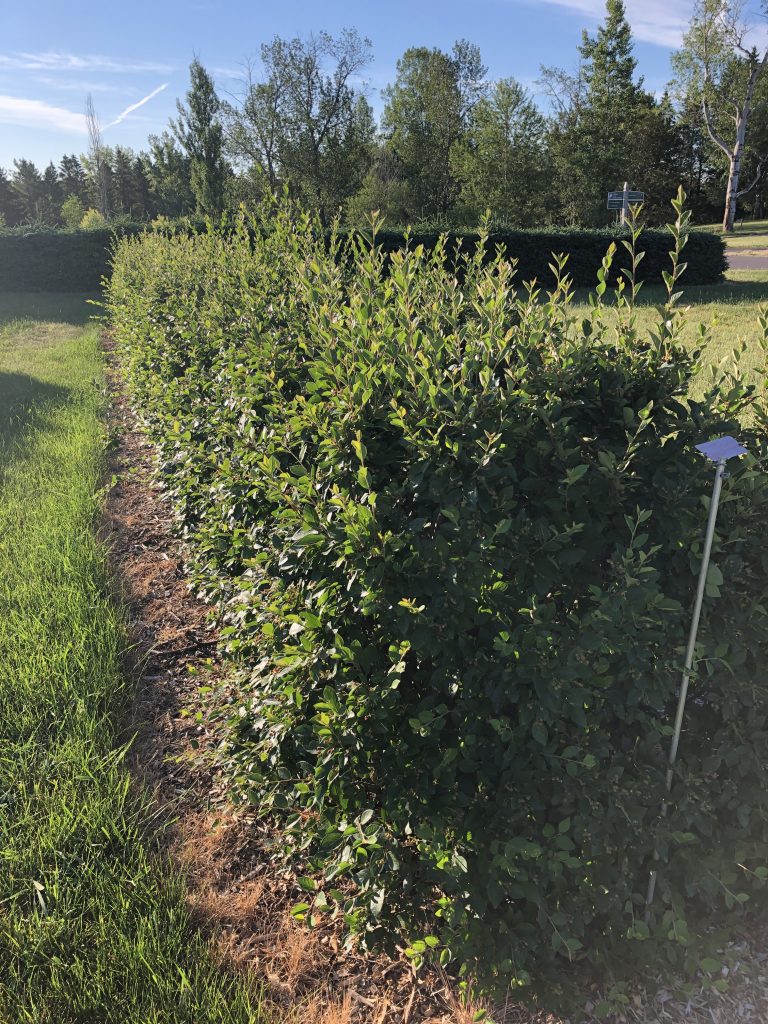
Specific hedges, such as orange cotoneaster, Cotoneaster franchetii, have been cited as having “super powers” and “can trap up to 20 percent more emissions than other hedges tested” due to their dense structure and rough hairy leaves (Anonymous, 2021). The Royal Horticultural Society published a list of the best hedge plants for use in urban gardens to mitigate air pollution, aid in cooling, and capture rainfall (Blanusa, 2019).
Hedges, explains Blanusa, “are an undervalued form of urban green infrastructure.” The dense nature of hedges makes them unique plant communities that provide numerous ecological benefits while adding diversity and value to our home landscapes.
